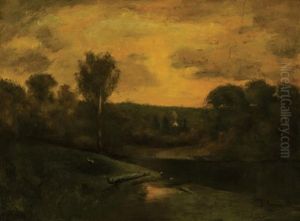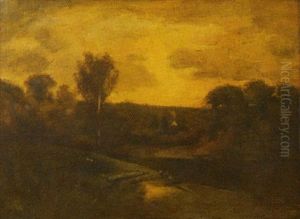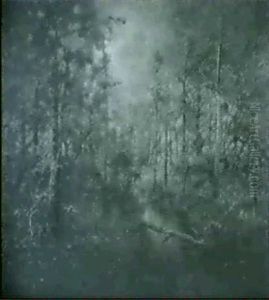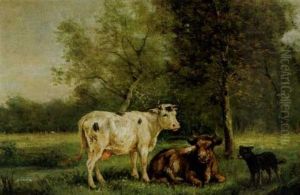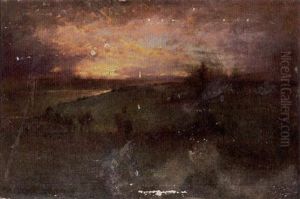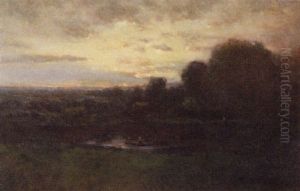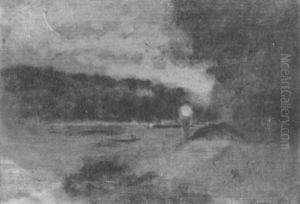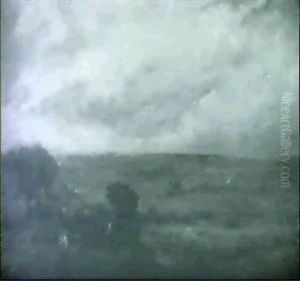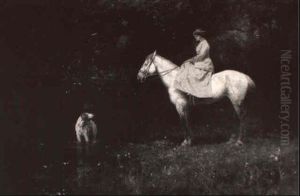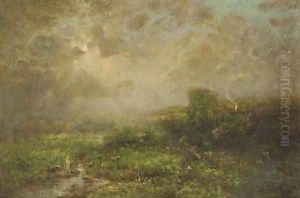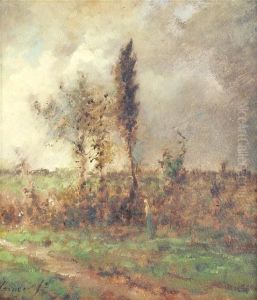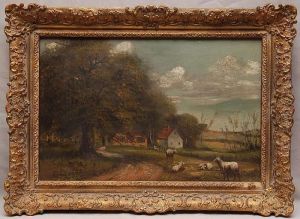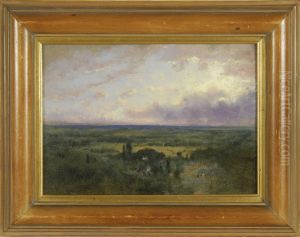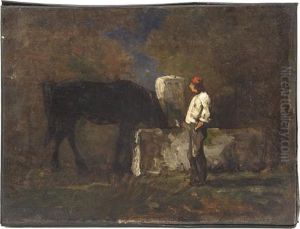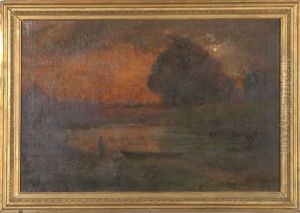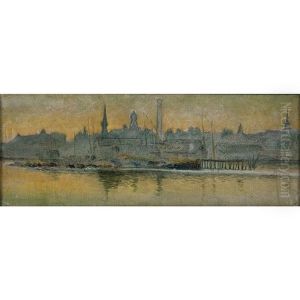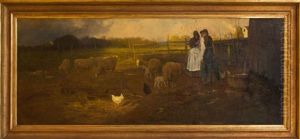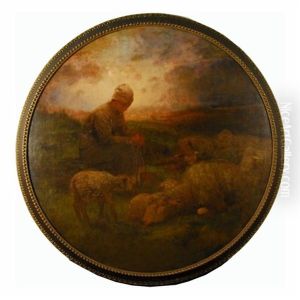George Inness Jnr. Paintings
George Inness Jr. was an American landscape and genre painter born on January 5, 1854, in Paris, France. He was the son of George Inness, a prominent American landscape painter associated with the Tonalism movement. Growing up under the guidance of his father, Inness Jr. was exposed to the world of art from an early age. He developed his own artistic style, which while influenced by his father’s work, was distinct in its execution and thematic focus.
Inness Jr. studied in Rome and Paris, where he honed his skills and absorbed the influences of European art and the Old Masters. Upon returning to the United States, he settled in the Northeast, where he began to establish his reputation as a skilled painter. His works often depicted pastoral scenes, imbued with a serene and harmonious quality that reflected his interest in nature and the spiritual aspects of the landscape.
Throughout his career, Inness Jr. exhibited his works widely, including at the National Academy of Design in New York and the Paris Salon. His paintings were well-received, and he became a respected figure in the American art scene of the late 19th and early 20th centuries. Like his father, Inness Jr. was interested in the ideas of the Swedish philosopher Emanuel Swedenborg, whose spiritual writings influenced the mystical qualities present in his landscapes.
George Inness Jr. continued to paint and exhibit his work until his death on August 27, 1926, in Cragsmoor, New York. His legacy includes not only his contribution to American landscape painting but also the continuation of the artistic lineage established by his father. Inness Jr.'s works are held in various collections and museums, appreciated for their tranquility and the artist's ability to capture the ephemeral qualities of light and atmosphere.
